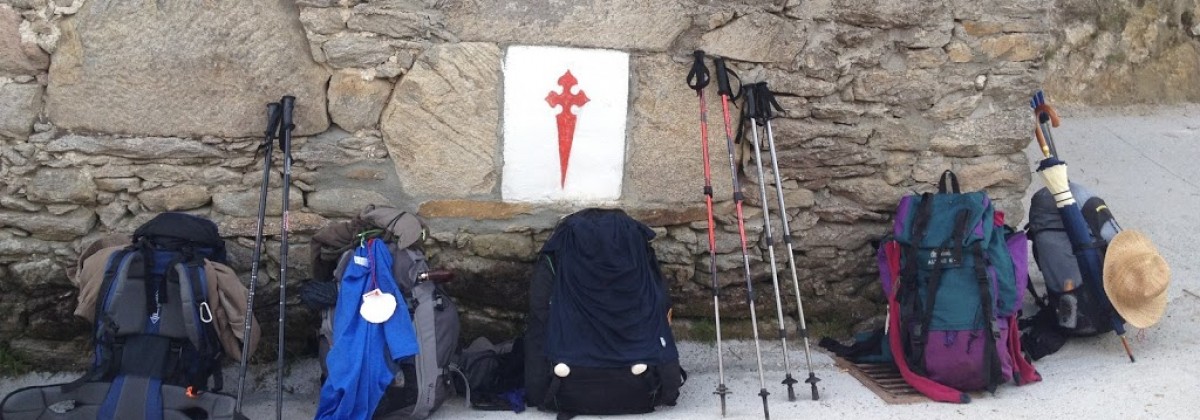 while now the San Francisco Cable Cars are primarily a tourist activity (carrying some 7 million people annually) , they grew from a need for a better method for hauling vehicles and people over the city’s famously steep hills. prior to development of the current wire-rope system, horses hauled cable cars around the city, enduring extreme hardship on the often-slick cobblestones. one story contends that the man who initiated the system, Andrew Smith Hallidie, witnessed a terrible accident between cable cars and a vehicle that resulted in the death of all five work horses. (another version has him taking over the Clay Street Hill Railroad when the initial promoter couldn’t raise the necessary capital to get the project off the ground.)
while now the San Francisco Cable Cars are primarily a tourist activity (carrying some 7 million people annually) , they grew from a need for a better method for hauling vehicles and people over the city’s famously steep hills. prior to development of the current wire-rope system, horses hauled cable cars around the city, enduring extreme hardship on the often-slick cobblestones. one story contends that the man who initiated the system, Andrew Smith Hallidie, witnessed a terrible accident between cable cars and a vehicle that resulted in the death of all five work horses. (another version has him taking over the Clay Street Hill Railroad when the initial promoter couldn’t raise the necessary capital to get the project off the ground.)
Hallidie immigrated to the United States with his father during the gold rush. while his father returned to the UK after several unsuccessful years prospecting, Hallidie remained, finding success in mining, engineering, and bridge building in the 1850s. in 1856, returned to San Francisco to start a wire rope manufacture, using principals his father previously held a patent on.
 the first test of Hallidie’s Clay Street Hill cable car occurred on August 2, 1873, and it went into public operation on September 1 of the same year. for four years, Clay Street was the sole cable car company operating in San Francisco. in 1877, the previously horse-drawn Sutter Street Railroad converted to cable operation using a newly-patented side-grip style (designed to avoid paying Hallidie royalties on his patent), followed in short order by the creation or conversion of several other street railroads. in all, between 1873 and 1890, twenty-three different cable car lines run by eight different companies covered some 53 miles of cable track. of all those tracks, only three remain in operation today (all run by the San Francisco Municipal Railway).
the first test of Hallidie’s Clay Street Hill cable car occurred on August 2, 1873, and it went into public operation on September 1 of the same year. for four years, Clay Street was the sole cable car company operating in San Francisco. in 1877, the previously horse-drawn Sutter Street Railroad converted to cable operation using a newly-patented side-grip style (designed to avoid paying Hallidie royalties on his patent), followed in short order by the creation or conversion of several other street railroads. in all, between 1873 and 1890, twenty-three different cable car lines run by eight different companies covered some 53 miles of cable track. of all those tracks, only three remain in operation today (all run by the San Francisco Municipal Railway).
popularity of cable cars began to decline with the advent electrical streetcars, which first arrived in San Francisco in 1892. the cost of constructing and operating electric streetcars proved significantly less than those of cable cars and by 1906 United Railroads of San Francisco (which owned most of the cable lines at that time) was campaigning to convert their existing lines to electric. opposition to the “unsightly” overhead electric cables was effectively silenced by the great earthquake and resulting fire, which destroyed most of the power houses, car barns, and 117 of the cable cars contained therein. by 1912, only 8 lines remained, all climbing gradients too steep for the electric cars to surmount. by 1944, facing competition from improved buses, only 5 cable car lines remained (two operated by Muni and one by Cal Cable – the third cable car company, established in 1878). in 1947, the Mayor proposed closing the remaining city-run lines but fierce community opposition scuttled the idea, though difficulty that Cal Cable encountered in procuring insurance in the early 1950s ultimately resulted in the closure of several lines and consolidation into the lines that remain today.
 by the late 1970s, the existing cable car infrastructure had become unsafe and desperately needed repairs. then-mayor Dianne Feinstein spearheaded the effort to acquire the necessary funds to completely rebuild the system; over two years, the entire system was replaced and updated. efforts to maintain the system are ongoing, with cars occasionally being refurbished and replaced and turntables for the single-end cars being updated.
by the late 1970s, the existing cable car infrastructure had become unsafe and desperately needed repairs. then-mayor Dianne Feinstein spearheaded the effort to acquire the necessary funds to completely rebuild the system; over two years, the entire system was replaced and updated. efforts to maintain the system are ongoing, with cars occasionally being refurbished and replaced and turntables for the single-end cars being updated.
our San Francisco wanderings found us at the end of the Powell-Mason line, running from near Fisherman’s Wharf to Powell & Market. taking the street car, rather than walking, wasn’t exactly convenient for our day’s activities – but riding the cable cars is one of those iconic things that you really ought to do while visiting the city. most of the riders seemed tourists – apparently the east-west California line is the one more often frequented by commuters.
